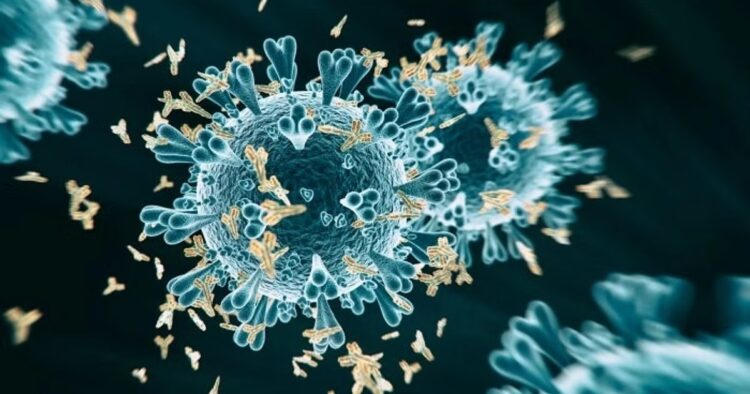In Gujarat, six children have died from what is suspected to be the Chandipura virus, which has affected around 12 people in the state. Health Minister Rushikesh Patel shared this information on Monday, stating that the confirmation of the cause will be known only after the test results are received.
What is the Chandipura Virus?
The Chandipura Viral Encephalitis (CHPV) causes symptoms similar to the flu, such as fever, and can lead to acute encephalitis, which is inflammation of the brain. The virus belongs to the Vesiculovirus genus in the Rhabdoviridae family and is spread through vectors like mosquitoes, ticks, and sandflies. The virus is named after the Chandipura district in Maharashtra, where it was first identified in 1965.
Patel mentioned that the samples from the suspected cases have been sent to the National Institute of Virology in Pune for testing, with results expected in 12 to 15 days. The virus mostly affects children aged 9 months to 14 years and is usually seen during the rainy season, especially in rural areas.
Out of the 12 suspected cases in Gujarat, four were reported in Sabarkantha, three in Aravalli, one in Mahisagar, and one in Kheda. Additionally, two cases came from Rajasthan and one from Madhya Pradesh.
The state health department has started extensive measures to monitor and control the situation. Health officials have screened 18,646 individuals from 4,487 households and have conducted insecticide spraying in 2,093 houses to control sandfly populations.
Health authorities have advised the public to seek immediate medical attention if symptoms such as high-grade fever, vomiting, diarrhea, headache, or convulsions appear, particularly in children.
By staying alert and following health guidelines, the spread of the Chandipura virus can be controlled, and further casualties can be prevented.
ALSO READ: “Best Food For A Healthy Routine And Life: Know About It”

















Comments